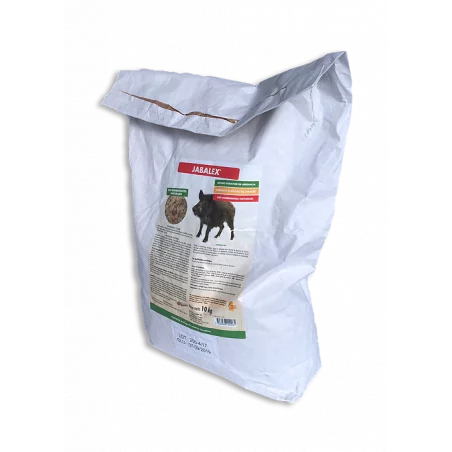In the first three quarters of 2020, 12,500 large-scale pig farms were newly built and put into production and 13,400 vacant pig farms were re-stocked. By the end of September, the national live pig inventory had seen 8 months of consecutive growth, reaching 370 million head, a 20.7% increase year-on-year, restoring the pig census to 84% compared to levels at the end of 2017. The breeding sow population has seen 12 consecutive months of growth, reaching 38.22 million head, and restoring the sow census to 86% compared to 2017. With the rapid recovery of live pig production and the increase in slaughter volume, pork prices have fallen for 7 consecutive weeks, and the market price is 50.56 yuan per kilogram, which is 9.08 yuan lower than the highest point in February this year.
From the perspective of production, since March this year, the number of live pigs for slaughter has increased sequentially for 7 consecutive months. Imports from January to September were 3.286 million tons, an increase of 132.2% year-on-year. From the perspective of market prices, after February, the pork market price showed an overall trend of oscillating and falling. Since September, pork prices have fallen for seven consecutive weeks.

Since the beginning of this year, a total of 18 African swine fever epidemics have been reported in 9 provinces, including 17 domestic pigs and 1 wild boar. With the gradual implementation of various measures for African swine fever prevention and control, biosecurity especially on large-scale farms has been greatly improved, and risks in breeding, transportation, and slaughter have been effectively controlled. The current situation of the African swine fever epidemic in the country is generally stable, however the frequent transportation of breeding pigs and piglets will further increase the risk of epidemic occurrence and spread.
October 21, 2020/ Ministry of Agriculture and Rural Affairs/ China.
http://www.moa.gov.cn








